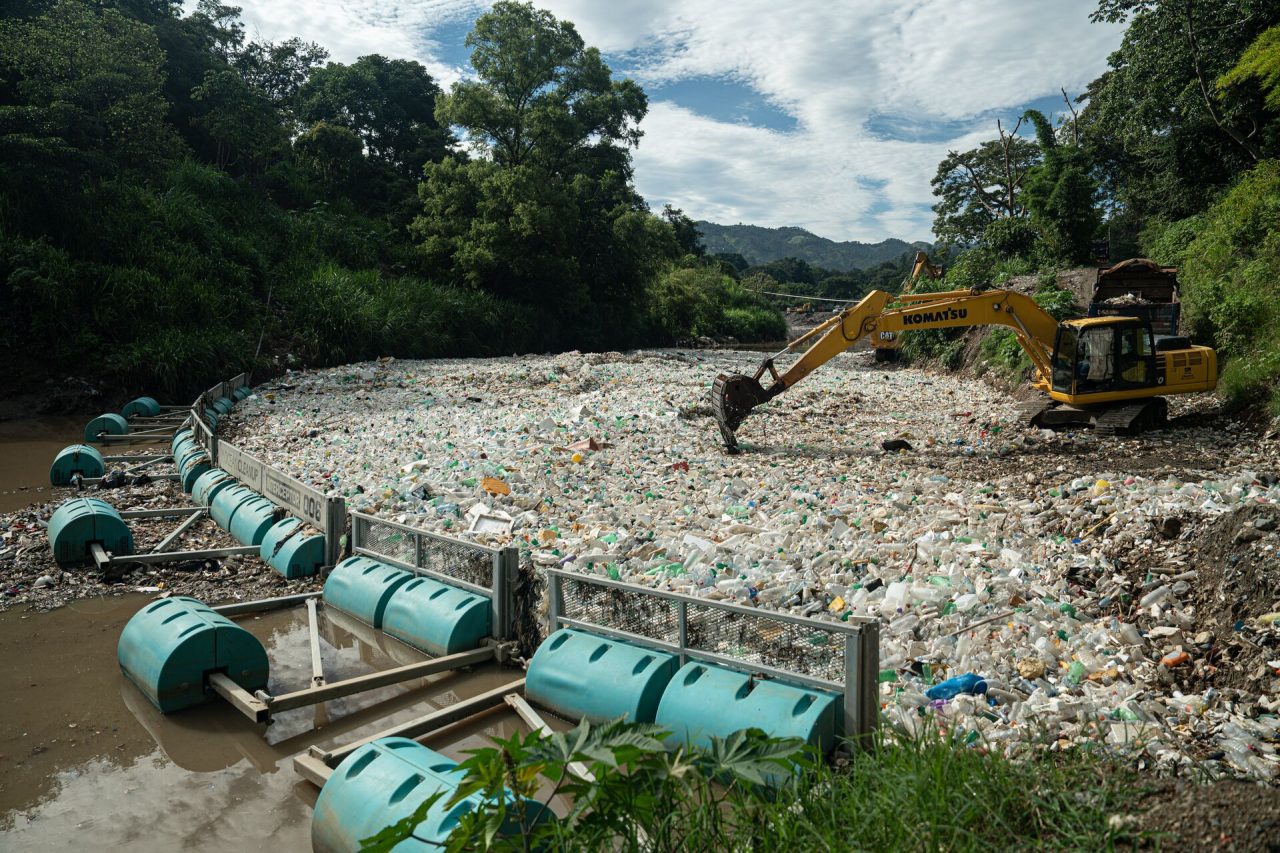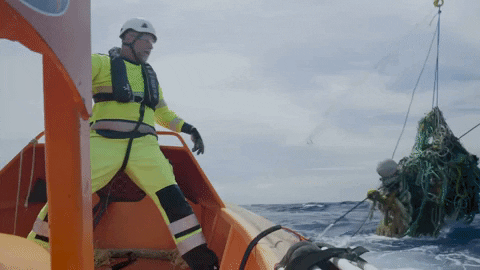The driver behind our mission to rid the world’s oceans of plastic is to make the ocean a healthier place for all life that benefits from it, so our number one priority is safety for the environment and our crew. While the overall risks of our operations were found to be negligible, the Environmental Impact Assessment (EIA) conducted by CSA Ocean Sciences determined that some interactions are likely with some species of fish, turtles, and certain plankton and neustonic organisms with limited mobility, so we must minimize this impact as much as possible.
The EIA notes that the long-term impact on marine species of the removal of large amounts of plastic and marine debris should be beneficial, and it is unlikely that any potentially impacted species will decrease in number. As data is still limited, there is uncertainty about the residual impact our operations may have on these communities; therefore, we aim to help fill these knowledge gaps by continuing to collect data during our operations and sharing this with the scientific community.
Our systems are designed to be safe for the marine environment; speed (slower than a casual stroll), materials, and shape have all been chosen to minimize negative side effects. We have also incorporated mitigation measures into our systems to deter marine animals from interacting with the system or provide easy exit routes in case they do – and we continue to develop new mitigation measures as we operate. Alongside increasing our underwater cameras, System 03 introduced a new Marine Animal Safety Hatch, which can activate to encourage any animal in the Retention Zone to exit, further limiting any chances for an animal to become trapped. While extracting plastic, dedicated Environmental Observers and crew are present and monitoring the area. If necessary, we can -and do- halt cleanup operations based on the event severity level.
As we continue to develop our technology and learn more about the natural behaviors of the Great Pacific Garbage Patch and its wildlife, we will adapt as needed to ensure our net impact on this environment remains as positive as possible.
Read this Update: “How we Ensure an Environmentally Sound Cleanup” for more information about mitigation measures.

